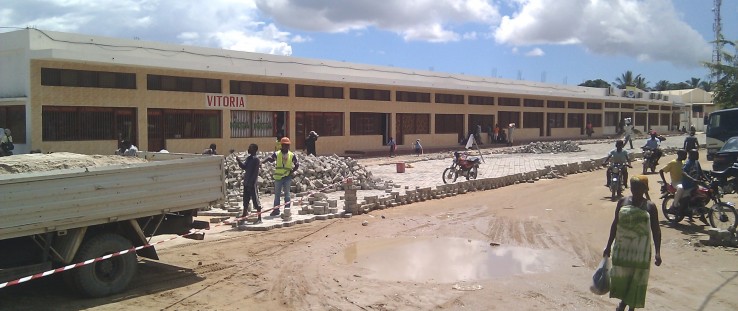 Paving an erosion-prone road in Nacala.
Nora Ferm, USAID
Paving an erosion-prone road in Nacala.
Nora Ferm, USAID
 Paving an erosion-prone road in Nacala.
Nora Ferm, USAID
Paving an erosion-prone road in Nacala.
Nora Ferm, USAID
Nacala is a city built on the steep, sandy banks of a deep water bay in northern Mozambique. This bay—the deepest natural bay on the east coast of Africa—shelters a port that ships natural resources like coal, copper, cobalt, zinc and agricultural products from Mozambique and its landlocked neighbors to the international market.
The informal housing settlements, which cover more and more land as the population grows, are experiencing more acutely what the entire city is facing—the additional stress that climate change places on a system of city services and infrastructure that are already vulnerable and inadequate due to rapid urbanization and a lack of resources.
Today, says Adelino Emilio Cobre, manager of Nacala Port’s Urban Services Department, “the water system that supplies water to the public is not sufficient.”
According to Loni Shott, commercial division chief of Portos do Norte, SA, the benefits of the economic growth are unequal: “Nacala is growing but not developing.”
Secure and dependable infrastructure services like water, shelter, energy and transportation are critical to meeting development objectives like economic growth, health and security. But that infrastructure must be constructed to withstand the escalating impact of climate change, such as the intense rainfall that is predicted for the coming decades, and not exacerbate runoff problems.
USAID’s Climate Resilient Infrastructure Services program is working to build the sustainability of five coastal and low-lying cities—Nacala, Mozambique; Piura and Trujillo, Peru; Hue, Vietnam; and Santo Domingo, Dominican Republic—by helping them understand their climate vulnerabilities; develop and test techniques that can rapidly increase the climate resilience of water, transportation and other services; and better protect residents while preventing future development in high-risk areas. Together, the urban areas targeted by the program are home to over 2.6 million people.
In Nacala, Cobre emphasizes that “the first thing is to create a database with all the information about the problems … [and] then provide technicians with a better understanding of weather and climate and their consequences on infrastructure services.”
Next, USAID will help the city of Nacala to show project developers and investors that it is less costly to consider climate change before any project design, and will train city staff to screen for climate vulnerabilities in new projects on their own. USAID will also bring Nacala, Piura, Trujillo and Santo Domingo together with other growing coastal cities to share effective ways to prepare for and respond to erosion, flooding and other stresses so they can develop and prosper even in a changing climate.









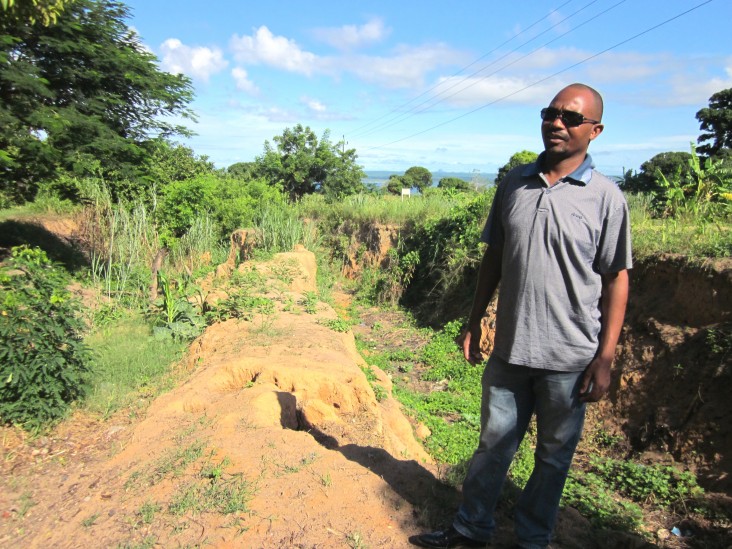
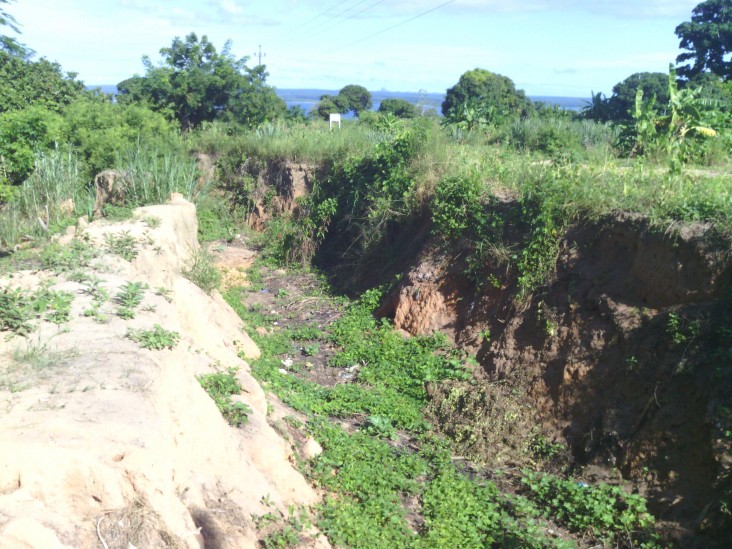
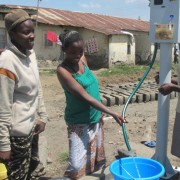
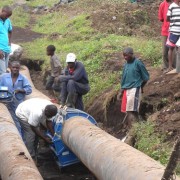
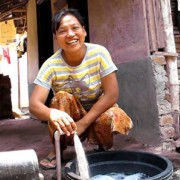
Comment
Make a general inquiry or suggest an improvement.